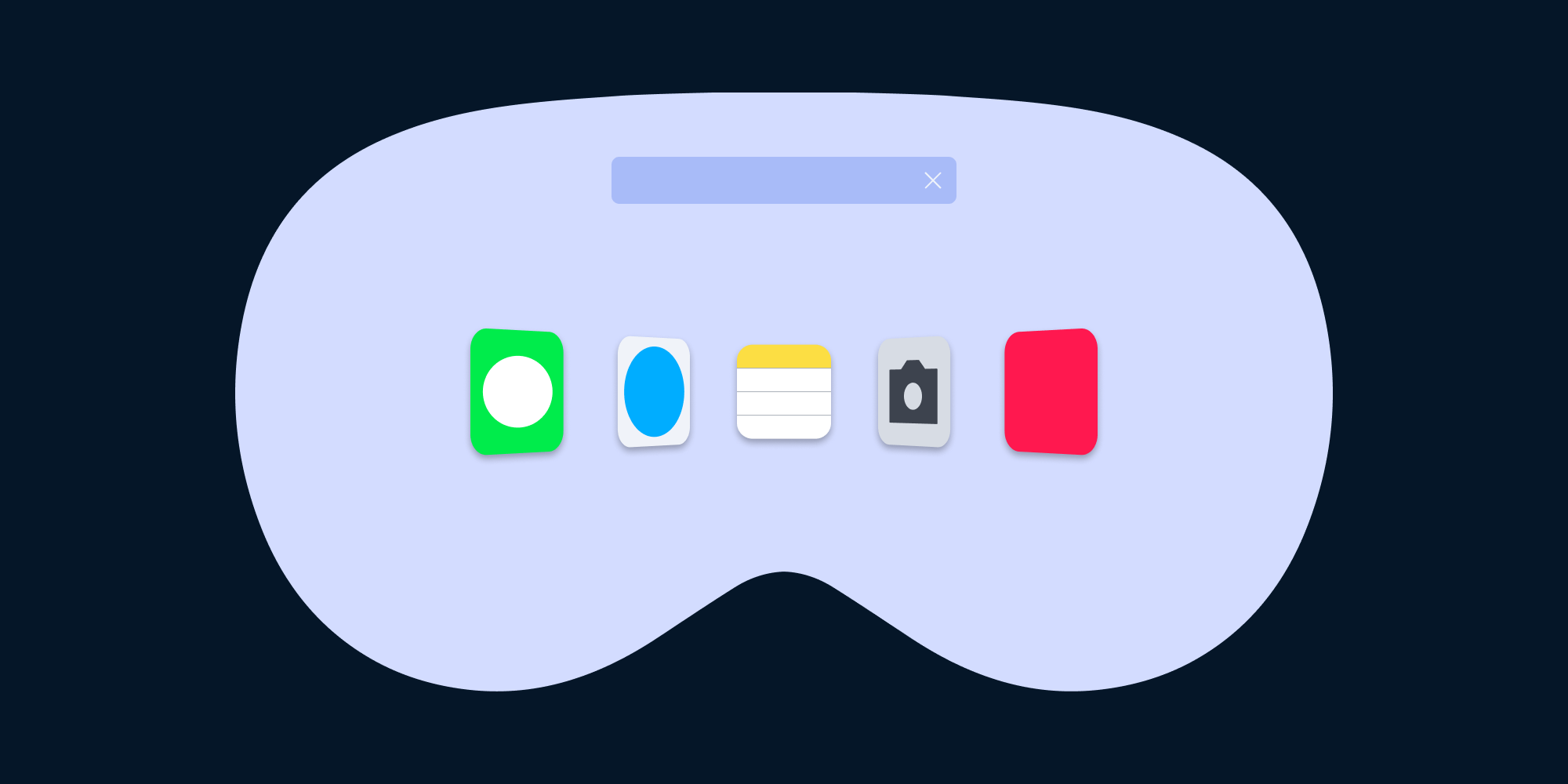Vision Is an Exciting Addition to Apple’s Lineup

I believe Apple’s newly announced Vision Pro is a huge deal for the future of computing, entertainment, and how we interact with the world. It’s terrifically ambitious, and the lucky few who’ve tried it out seem to think Apple is on to something. However, this new device can do a lot of the same things that products Apple already sells can do. In this post, I’d like to explore how this new platform fits in.
(Caveat: Vision Pro is exceedingly expensive, which is going to rule it out in a lot of cases. I hope the cost will come down. In this post, I’d like to take a more long-term perspective and focus on the user experience.)
TV
It’s not a stretch to see people preferring Vision to a TV. This device has the technical underpinnings to deliver a better experience with 3D movies and games, and you can create a virtual screen larger than what would fit in your physical space. Also, a TV can also be distracting or irritating in a shared living space if not everyone wants to watch the same thing, which isn’t a problem with the more private nature of Vision.
To balance this, a TV can enable a social experience where everyone sits together to play games or watch something. SharePlay and online gaming are good steps towards a social experience across devices and locations, but they’re not the same as being physically together.
I think Vision and TV each have a place, and the choice between them comes down to personal preference and living situation.
iPad and Mac
Apple has two existing desktop-style platforms, iPad and Mac, which are both suitable for a wide range of computing tasks. So I was surprised to see Vision running desktop-style apps. Among other things, Apple’s keynote highlighted using this device for commonplace but essential tasks such as sending emails and reading documents. Vision can run iPad and iPhone apps, so we can expect it to run professional software that already exists on iPad like Logic Pro and Final Cut Pro.
Compared to a Mac, some advantages of an iPad are:
-
Faster and more natural input using touch
-
Comfortable precise input using Apple Pencil
-
Simpler UI by default, without multiple windows
The input methods on Vision — eye movement, hand gestures and voice — sound like they could be even faster and more natural than touch, which could draw people away from their iPads. However, Vision has more complex window management, similar to a Mac, which could lead users to stick with the simplicity of their iPads.
Some key strengths of the Mac are:
-
Robust support for multiple, large monitors
-
The ability to run certain more advanced software (notably Xcode, Apple’s own software development tool)
-
More flexibility around how software is installed
By filling your entire field of view, Vision offers a more expansive canvas than any multiple-monitor Mac setup, and therefore, I think some people will prefer using Vision to using a Mac. On the other hand, it sounds like Vision won’t run apps built using the Mac’s AppKit framework, and presumably the App Store will be the only way to install software, so there are plenty of reasons to stick with the Mac. The option to use this new device to create a huge virtual display for a Mac may be a pricy way to experience some of the best of both worlds.
Around 2015, it seemed like Apple was thinking iPad would replace Mac as the future of computing, but Apple appear to have changed course and revitalised the Mac. It seems now that the iPad and Mac are set to run side by side: They’re broadly appropriate for similar tasks, but some people prefer iPads and some people prefer Macs. I see Vision fitting in as a third desktop-style computing platform from Apple.
iPhone and Watch
Before Vision, the physical size of devices was principally determined by screen size. iPhone and Apple Watch are limited by their small screens, but their sizes allow these devices to be discrete and easily carried. Perhaps folding screens could be a path to small devices with large screens, but this can only go so far.
My iPhone is, above all, the one thing I need to leave the house. I use it to pay for things, board public transport, and unlock my car. It’s almost always online for communication and navigation.
A key strength of Vision is that technology enhancements are likely to allow the physical product to shrink without sacrificing “screen size.” The Vision Pro we saw so far doesn’t seem ideal for use in public, with little overlap in functionality with what you’d use iPhone and Apple Watch for, but perhaps eventually a Vision product will be similarly unobtrusive.
There are some other logistical challenges. How do you make contactless payments (Apple Pay) with a device strapped to your head? How do you show a train ticket with a screen visible only to you?
I believe these issues will be resolved with time, and then some people will choose to leave home with Vision as their only device.
Platform Building
My shocking conclusion is that the Vision platform — both what we saw already and what comes further down the road — looks better than current platforms for some situations and like not such a good fit for others. For a smaller company, it would be inefficient to make platforms with so much overlap in functionality, but Apple has been building up its software and hardware expertise for decades as the underpinnings of Vision. This applies to the development community too: I didn’t know it until WWDC, but I’m already a Vision developer because I already know the technologies used to make Vision apps.
When the visionOS SDK is available, we’ll be very keen to get PSPDFKit and PDF Viewer running and to see how we can adapt our UI for this new platform.
Apple doesn’t need to bet the company that the future of computing is tablets or headsets or any one form factor in particular. Its scale and expertise in building computing platforms allows the company to hedge its bets. In the long term, perhaps there will be convergence, but for now, Vision is additive.




